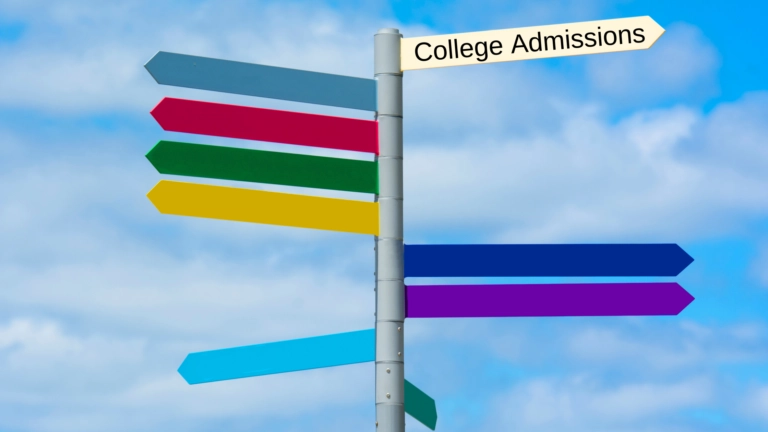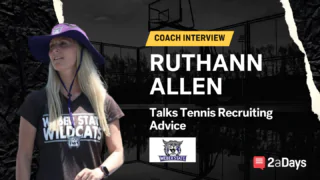With early application deadlines just around the corner, followed by CommonApp and regular decision deadlines not too long after, it's important to make sure you've followed all the right steps to ensure a smooth application process.
Potential athletic recruits have a much longer college application process than a normal student. On top of the requirements for a regular student, an athlete must also go through the NCAA or NAIA eligibility center. The process to be admitted as a student-athlete in the NCAA and NAIA should therefore be started as early as possible. To help with this, we've created a brief, step-by-step guide for you to follow throughout your high school career.
Freshman Year
- Reach out to coaches: Coaches can't call or send emails until July 1 of the recruit's junior year, so reaching out early is the best way to let the coach know who you are
Related: Reaching out to Coaches
Sophomore Year
- Apply for the eligibility center(s): The NCAA and NAIA both require athletes to go through the eligibility center. Athletes who aren't academically eligible to compete their first year may either redshirt for a year or go to Junior College to improve their grades
Junior Year
- Register for the SAT or ACT: Test score requirements vary from division to division. See Recruiting Must-Dos: Division I Academic Requirements and Eligibility for more information
- Work on college applications: The best schools to apply to are those whose coaches have reached out. Athletes should also apply to schools they know they can get into
Related: Early Decision, Should You Apply?
Senior Year
- Apply for FAFSA: Many athletes don't get enough in scholarships to pay for all of their education, so applying for FASFA will open up opportunities for other financial aid
- Request amateurism certificate: This certificate proves an athlete's eligibility to compete and receive scholarships in the NCAA
- Send transcripts and proof of graduation to the school where the athlete will be playing: Maintaining your grades is important in order to maintain your eligibility to compete
- Sign the acceptance letter: You did it! All that's left is signing the NLI. If the college doesn't receive the signed letter by the deadline, the spot is given to another recruit, so make sure you don't forget this last, crucial step!
Even with all the work done on the field, there's still a lot of work to do off the field. By taking the SAT/ACT, working with the NCAA Eligibility Center, applying to colleges, registering for FAFSA, receiving the amateurism certificate, sending transcripts and proof of graduation, and signing the acceptance letter, your dream of playing in college can become a reality.
* Originally published on September 20, 2021, by Sam Swidler







